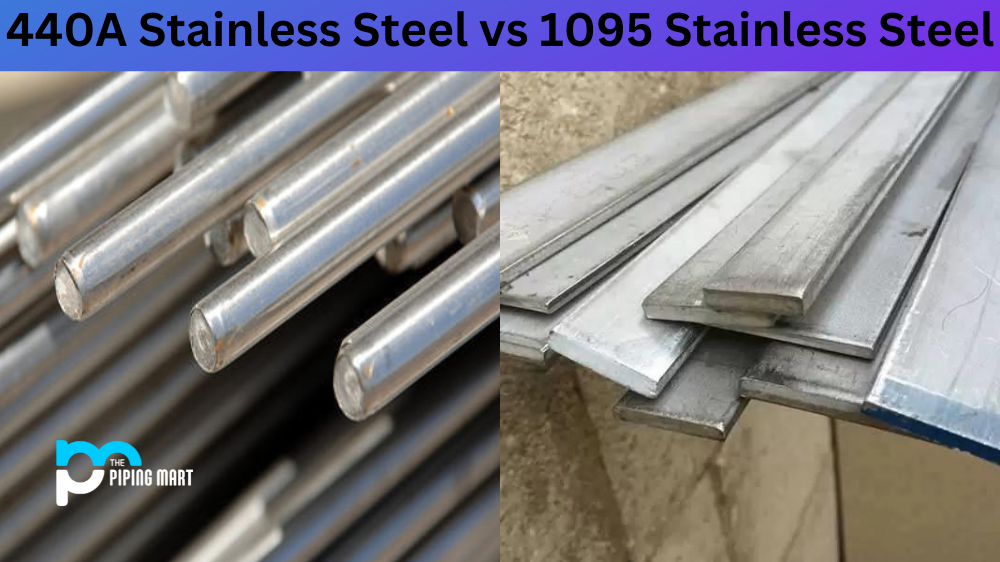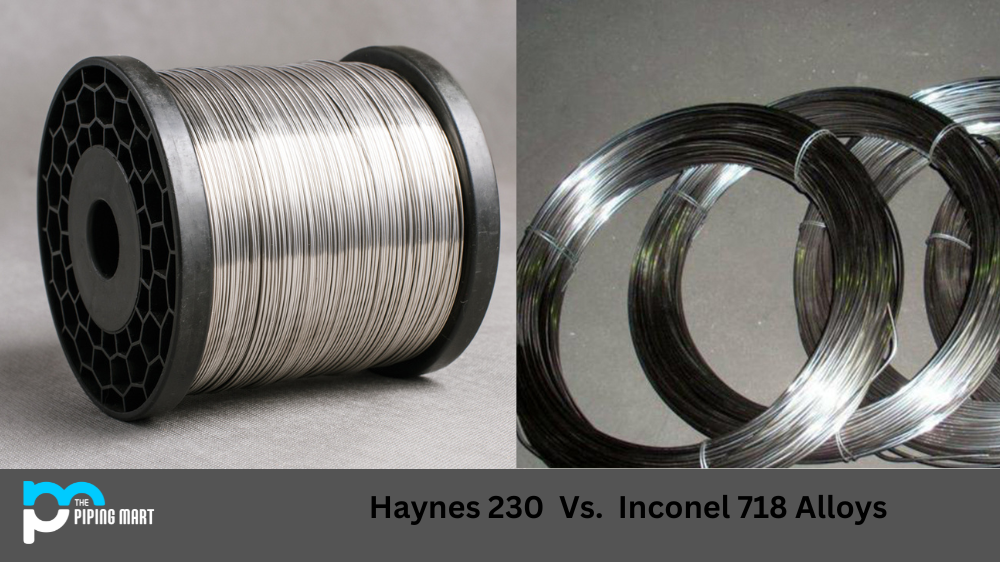If you’re in the market to buy a new knife, you may have come across two popular steel types: 440A stainless steel and 1095 stainless steel. While they may look similar, these two types of steel differ in performance and characteristics. In this blog post, we’ll closely examine the differences between 440A stainless steel and 1095 stainless steel, so you’ll know which one is better suited for your needs.
Difference Between 440A Stainless Steel and 1095 Stainless Steel
Composition and Characteristics
440A stainless steel is a low-cost, high-carbon steel commonly used in budget-friendly knives. It contains 17% chromium, which makes it resistant to corrosion and staining, but it also has low toughness, edge retention, and wear resistance. On the other hand, 1095 stainless steel is a high-carbon steel with excellent edge retention, wear resistance, and toughness. 1095 steel contains less than 0.5% chromium, which means it is less resistant to corrosion and staining than 440A steel.
Hardness and Ease of Sharpening
440A steel has a Rockwell hardness of about 56-58, which makes it relatively easy to sharpen. However, it also means losing its edge quickly and needs frequent resharpening. 1095 steel, on the other hand, has a Rockwell hardness of about 58-60, which means it is harder and holds its edge longer than 440A steel. However, it can be more difficult to sharpen due to its high carbon content.
Applications and Uses
440A steel is often used in budget-friendly knives and multitools, where low cost is a priority over performance. It is also used in medical and dental tools due to its corrosion resistance. 1095 steel, on the other hand, is commonly found in high-end knives, machetes, and swords due to its superior edge retention and toughness. It is also used in industrial applications such as springs and saw blades.
Maintenance and Care
Since 440A steel is more corrosion-resistant than 1095 steel, it requires less maintenance and care. However, it must still be cleaned and oiled regularly to prevent rust and staining. 1095 steel, on the other hand, requires more maintenance and care due to its lower chromium content. It is prone to rust and staining, so it needs to be cleaned, dried, and oiled after each use to prevent corrosion.
Final Verdict
So, which steel is better? It all depends on your needs and preferences. If you’re on a budget and need a knife that is easy to sharpen and maintain, 440A steel may be a good option. However, if you’re looking for a high-performance knife that holds its edge and is durable enough for heavy use, 1095 steel is a better choice. Ultimately, you must consider your budget, the knife’s intended use, and your maintenance and care habits before deciding.
Conclusion
In conclusion, 440A stainless steel and 1095 stainless steel are popular steel types with different compositions, characteristics, and performances. 440A steel is budget-friendly and corrosion-resistant but has low toughness and edge retention. 1095 steel, on the other hand, is high-performance and durable but requires more maintenance and care. When choosing between these two types of steel, consider your needs and preferences and the potential drawbacks and advantages of each. Do your research, and choose the right steel type that will best serve your needs and last for years.




